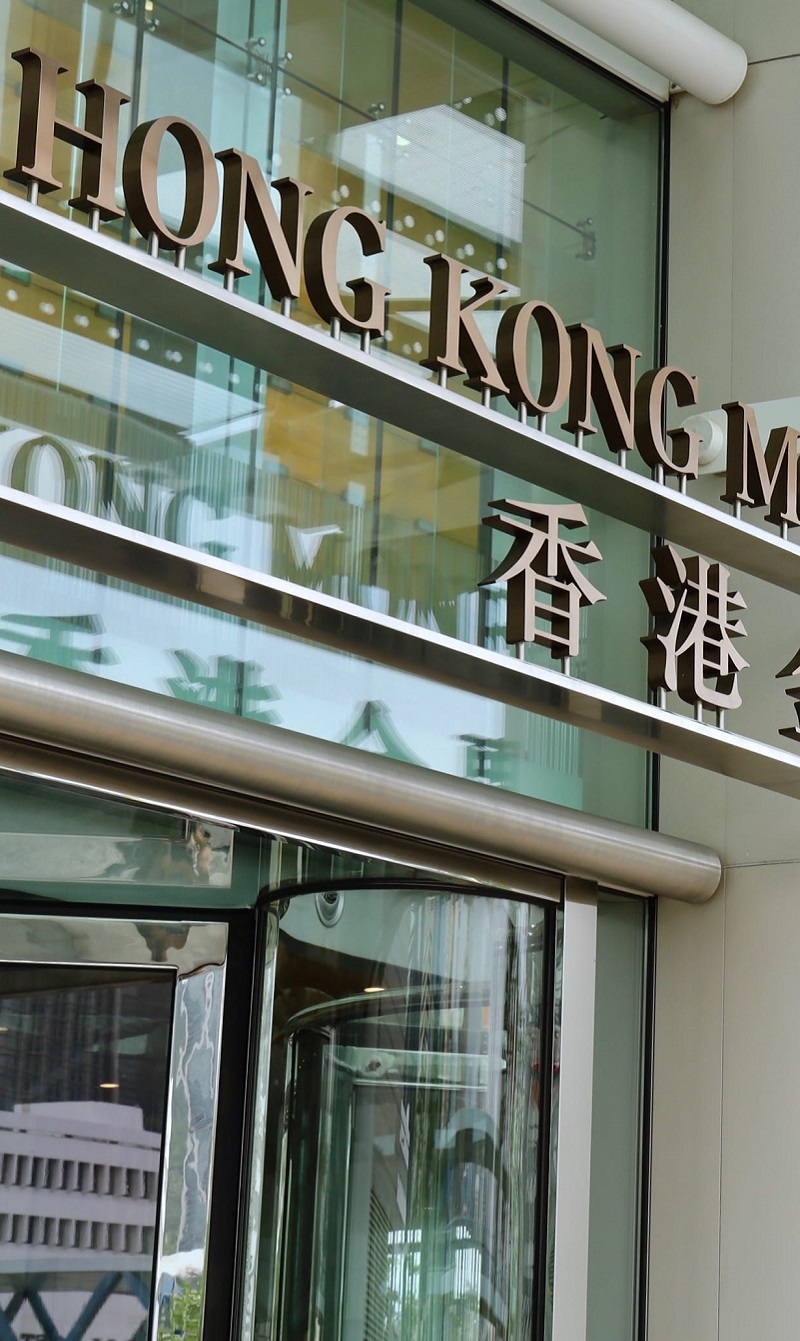POWERTALK: Banking and Capital Markets Trends
Experts, Tan Sri Wahid Omar of Bursa Malaysia and Peter Burns of PwC Australia, discussed how banking and the capital markets industry can help protect workers, bottom lines and liquidity, during WIEF POWERTALK series on 9 November 2020.
Banking and capital market organisations play an integral part in helping customers as well as businesses to pull through the current crisis while emerging more resilient once the outbreak eventually recedes. Banks and capital markets must remain hyper-vigilant and have better coordination between different stakeholders or partners. This is to ensure that the cost curve is bent in their favour and ultimately generate better profit as well as long-term impact to the society.
Two thought-leaders were assembled in the virtual session of POWERTALK series, to discuss how banking and the capital markets industry can help protect workers, bottom lines and liquidity. Moderator, Raja Teh Maimunah Raja Abdul Aziz, managing director, Wholesale Banking of AmBank Group, Malaysia, led the discussion on how to ensure consumers have options in consumer lending and explain how to retain customers’ loyalty, amid the rapid emergence of new technologies, talents and products. They delve into aligning working practices for businesses as well as supply chains, in accordance with the new-norm.
Future Outlook
Peter Burns, partner, Global Banking & Capital Markets Leader, PwC Australia: The role of banking and the trust in banking within society has elevated considerably through the COVID-19 crisis period, given the significant role it has played. Financial services will change demonstrably over the next few years and the industry needs to manage financial stability as, on the one hand, it tries to insure loan impairments that will come, but also play its role in shifting capital to the economy.
There are seven of the most profound or instrumental trends impacting financial services institutions globally:
- Lower for longer interest rates. The quantum of deficit spending that has been put in place by governments around the world has led to a real escalation in sovereign debt and it will continue to further extend many jurisdictions to maintain interest rates lower for longer. For banking, this has a real profound impact on their spread businesses. This has an impact on bank costs and necessitates the move from interest margins to fee or other forms of revenue in more capital-like models to shore up returns resulting in shape changes for banks.
- Risk-bearing capacity of the industry. When we look at the forward projections, the uncertainty around across the world in terms of subsequent lockdowns, and in Malaysia movement control restrictions that are coming in, the new simulations would suggest that the rising provisions, rising non-performing loans (NPL) and indeed the risk migration, is leading to higher risk weighted effort consumption. The thing is, will banks have the ability and the capacity to shift new capital to the parts of the economy that need to rebound? Invariably when we talk about that, we are talking about getting capital to small businesses which really are the backbone of the real economy.
- Global trend towards alternate provision of capital. Growing innovation in the way in which capital finds distribution has been seen, either through collaboration with the traditional banking sector, the use of credit funds and the like, through the inflation in the non-bank lenders in the virtual banking sector, or greater innovation around public-private partnerships.
- Regulation. In many ways, some of the temporary relief around about capital regulation we see will continue but equally we are looking to things like environmental, social and corporate governance (ESG) and a real acceleration in regulation that will move away from just simple compliance. Reporting into real profound choices about the role this industry plays in social impacts and fuelling future growth in economies.
- Deglobalisation. In brief, what we have seen here is the shift between the largest bank in the world – being large European and American conglomerates – to now, the banking sector is much more closely mirroring national GDP. The net consequence of that is the elevation of Chinese and Japanese banks in the sector. That has a real implication on our region and certainly we have seen that in the reshaping of foreign direct investment and capital flows throughout this part of the world.
- Upskill and reskill parts of the workforce. The requirement to boost productivity is not just the continued need for the industry to digitise and transform the adoption of more cloud and open architectures, but really the net implication for us is the demonstrable shift in the workforce. The need to really upskill and reskill parts of the workforce.
- Shift in consumer interaction. The shift in how consumers are interacting and ultimately the industry is moving towards a platform and ecosystem-based estate. This is seen in digital payments, the reduction in cash in many economies and the resulting customer journeys and banking changes in response.
Considering this landscape, it is important for leaders to think about their response in the sense of what to do now to really repair some of the damage. Ultimately rethink the organisation and then put themselves in a better place to reconfigure for a future profit and loss.
The Malaysian Context
Tan Sri Abdul Wahid Omar, Chairman, Bursa Malaysia: For us in the banking and financial services, and the capital market at the national level, it is very important to continue to play our role to mobilise funds as well as channel it towards productive sectors of the economy. For those already in the market, it is very important for us to provide funding activities for individuals, households and businesses. At the individual level or the organisational level, it is important for us to ensure a fair and robust market here at Bursa Malaysia.
There is divergence between most companies who are not doing as well, but we have also seen healthcare, technology stocks doing much better under this environment. Bursa itself has seen an increase in volume. Obviously, the challenge for us would be how do we make it sustainable, moving into 2021 and beyond. This is where we are cracking our heads in terms of trying to make sure that we make it as easy as possible for people to open accounts and to trade. We are working very closely with brokers as we move forward.
This global pandemic is certainly cutting across global economies, corporate societies and individuals alike. To me, the key is to make sure that all the businesses remain afloat and people remain employed. We need to preserve the capacity that we have to be able to meet demand when economies reopen. For all of us in the capital market, we do need to preserve the integrity of the market and strategise how to sustain the significant increase in trading volume.
Key Considerations
Through the discussion, analysis of global economic growth outlook, raises both concerns and potentials. With that, there are myriad ways companies can approach the new normal in managing business sustainability and find the best ways to address challenges as well as opportunities posed by unprecedented changes in global market developments, post COVID-19.
Digitalisation is a key consideration brought up during the discussion as a response to, not only remote working and operating needs during the pandemic, but as a future response to changing market behaviour and needs. Part of that change include heightened consideration for ESG, necessitating action from businesses in this regard. The banking and finance sector has a significant role to play here in, not only adapting its own operation and future fit, but in facilitating that adaptation for their customers’ businesses too.
Read more on this topic from a Q&A interview with Peter Burns and more on capital market trends for the coming years in this In Focus article.
Follow us on Facebook, Instagram and Twitter for updates on WIEF initiatives and articles.
Main photo by Micheile Henderson on Unsplash.



